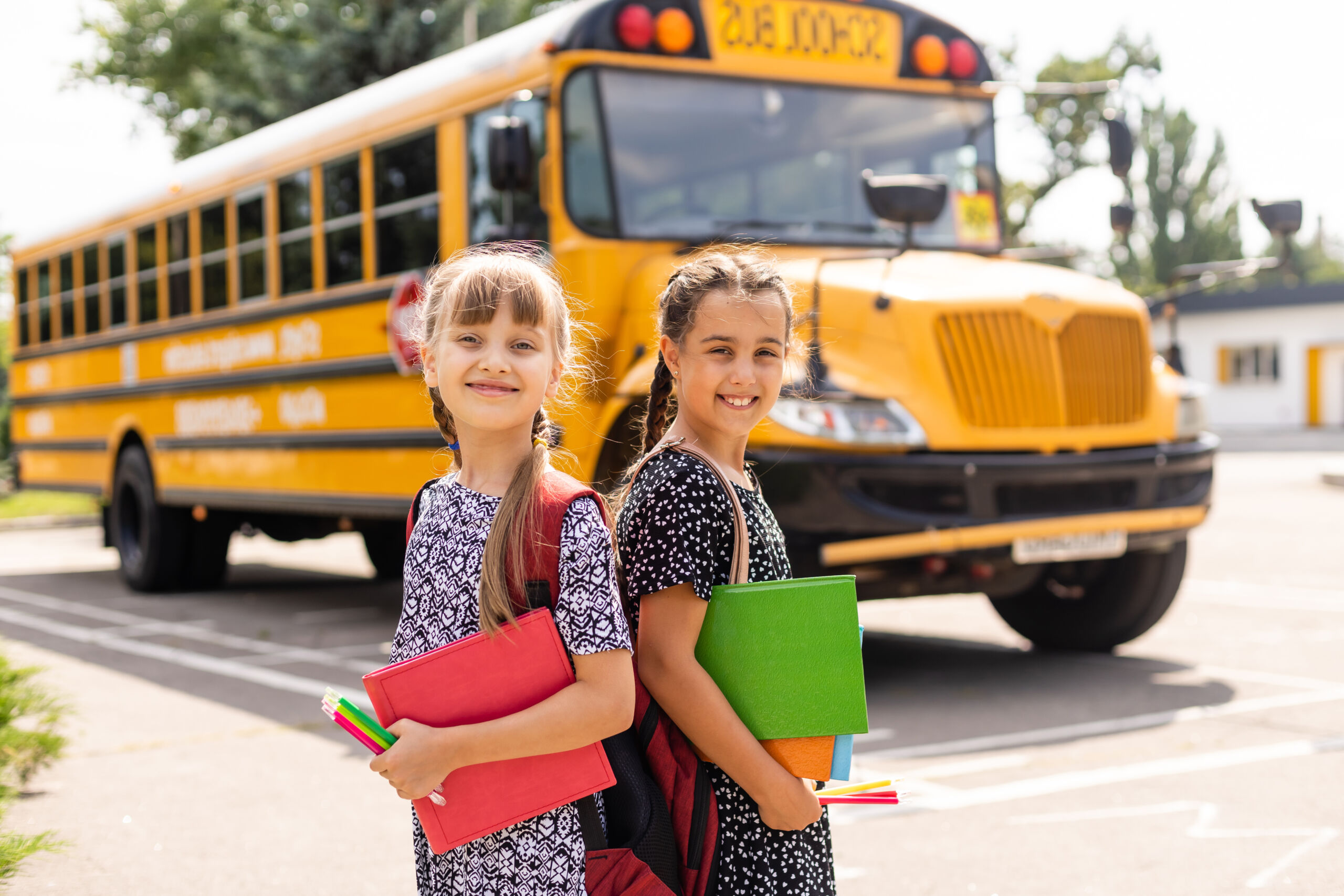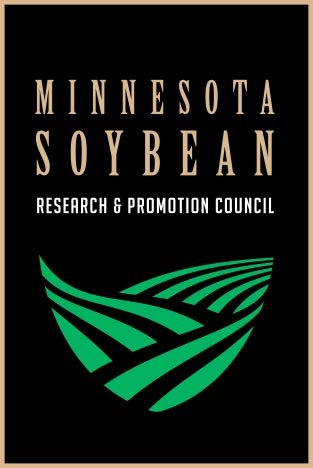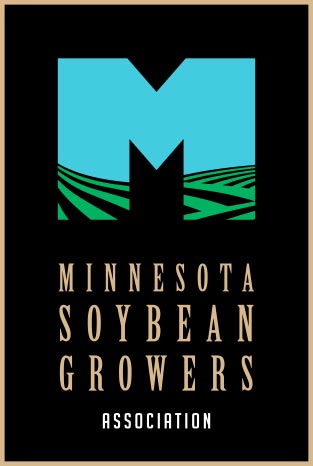Soy cool for school: With school around the corner check out the different soy-based products for students
Soy cool for school: With school around the corner check out the different soy-based products for students

As summer reluctantly comes to an end, back-to-school shopping is in full swing.
Stores have back-to-school signs out, social media reminds us of discounts, and the store aisles no longer house summer items, but rather school supplies.
A typical back-to-school list is broken down by grade level with the items needed. Items including pencils, pens, highlighters, crayons, notebooks and cleaning supplies are found on it, but this year check the packaging of these products to look for one ingredient: soybeans.
Soy-based products are better for the environment and economy – and they’re everywhere! As of 2025, soy is found in more than 1,000 commercially available products.
The Minnesota Soybean Research & Promotion Council’s (MSR&PC) checkoff support has been critical for implementing these products to development and market.
“Being back to school brings excitement for everybody, and as we look at the vast amounts of products we use on a daily basis – crayons, or for our lunch or vehicles – all provide an opportunity to use soybeans in those markets,” said Mike Youngerberg, MSR&PC senior director of product development & commercialization.
With a new school year, students share enthusiasm as new outfits, crisp new notebooks and supplies are purchased for them to show off.
As you walk through the school supplies section of the store, consider adding soy-based products to your cart for your student. As you go over the list item by item, there are several items easily substituted with soy-based products.
MSR&PC, in partnership with the Agricultural Utilization Research Institute and the United Soybean Board, is investing soybean checkoff funds and finding ways to incorporate soy into a variety of soy-based products.
According to the United States Department of Agriculture, biobased products contribute an estimated $489 billion to the U.S. economy each year and displace 10.7 million barrels of oil yearly.
Elementary school supplies
Crayons are a staple on an elementary school supply list and a popular item made with soy. Prang is a brand found in typical back-to-school stores made with soy.
Soy-based crayons are made up of 85% soybean oil. One acre of soybeans can produce up to 82,000 crayons.
Moving down the supply list, there are dry eraser markers and white board cleaner. Dry erase markers, though not commercially available yet, can utilize soy-based ink, as well as notebook paper found in a student’s desk.
The ink is a sustainable option that is easier to clean up and recycle and produces sharper, brighter colors for the final product that dries faster and is cost-effective.
Middle school supplies
As students move up in grade levels the supply lists change.
Wandering around the store for the perfect first day of school outfit is a rite of passage as kids grow up. Begging parents to get the “it shoes” knowing they won’t fit by next year, yet this is an essential part of growing up and going to school.
When shopping for a new pair of trendy shoes or the required gym shoes on the back-to-school list, remember there is another option out there: soy-based shoes. Skechers are known to make various options of soy-based shoes. Skechers partnered with Goodyear to use soy oil in the rubber soles instead of petroleum in their shoes. In 2022, the Council donated hundreds of Skechers shoes throughout the state as part of its “Stepping Up” campaign.
Other items on middle schooler’s list include cleaning wipes, cleaning products or hand sanitizer.
There are several products on the market like soy-based soaps and scrubs from BioSpan, Soy Technologies and Natural Soy Products, readily available to add to the cart.
GoJo, seen as Purell on the shelf, has the Purell Foaming Green-Certified hand sanitizer. This is an eco-friendly product that is 99.99% effective in destroying communicable germs and made with soy oil.
High school supplies
As students near the end of their school years, there are still a few items on the list before the first bell rings.
Like other grades, pens, notebooks, folders and general supplies are still needed for high schoolers. High school supplies look more like items for the students’ personal preferences after the basic items are bought.
Gum is an example of a product made with soy. Brands like Trident, Orbit and Extra all contain soy.
With moving up in grade levels comes more elective classes to pick from that require additional products.
Art class is an elective where soy-based products are found.
Sherwin-Williams offers a water-based acrylic alkyd paint using soybean oil. In one year, Sherwin-Williams eliminated over 800,000 pounds of volatile organic compounds (VOC) solvents with these soy paints. There are numerous options for soy-based paint like Dunn-Edwards and Soy Technologies. When looking for these paints, look for water-based alkyds with a low VOC content.
Around school
As lists are checked off for student supplies and students make their way to school after Labor Day by foot or vehicle, there is a possibility the roadways and trails use soybeans that students travel on.
RePlay, a patented road sealant product available through BioSpan Technologies, extends the life of paved asphalt surfaces by up to seven years. RePlay is 88% biobased, replacing petroleum oil with soybean oil, making it non-toxic, non-polluting, CO2 negative and safe for the user. BioSealcoat and OptiSeal™ are other asphalt options. PoreShield is a soy-based liquid that aims to enhance the durability of concrete.
Driving to school is an exciting part of growing up for most students. Some might drive a diesel vehicle, and others might ride a school bus, also powered on biodiesel. Minnesota is a leader in biodiesel as a B20 blend is used in the summer and a B5 blend is used in the winter.
The use of biodiesel reduces greenhouse gas emissions by more than 50% and displaces about 130 million gallons of petroleum diesel in Minnesota each year.
As these vehicles move down the soy covered roads, powered by biodiesel, they could be running Goodyear Tire & Rubber tires on the vehicles.
There are eight lines of soy-based tires that displace petroleum oil. The company pledged a goal of a 100% sustainable tire by 2030.
In the bustling lunchrooms around Minnesota and the country, soy is present. Salad dressings can contain soy, and the protein found around the lunchroom was fed soymeal. Livestock are the No. 1 consumer of soymeal.
The list is never ending of where students can come in contact with soybeans around school from their supplies to the playground and fields.
SYNLawn is a synthetic turf that utilizes soybeans in the backing with EnviroLoc as an alternative to petroleum once again. In addition to the soy-based backing, the grass fibers are made from sugarcane, which helped propel SYNLawn to become the first artificial grass company to become a USDA-approved product.
Ball fields and playgrounds can use SYNLawn to protect players and students as they enjoy their recess or compete after school.
Schools without turf may still use soy around it to grow their grass. Soy-based fertilizer is another product MSR&PC supports to bring to the market.
“This just shows there are a multitude of opportunities for inclusion of soy in our everyday lives that add to our economy and make our lives better,” Youngerberg said.



